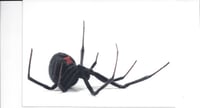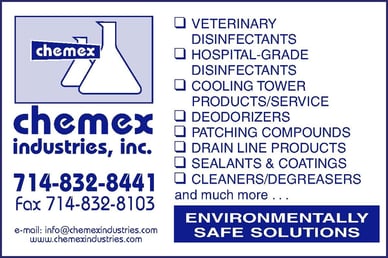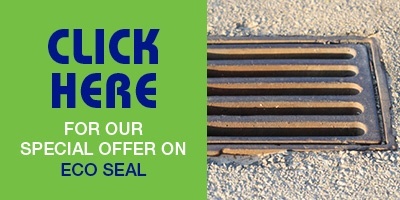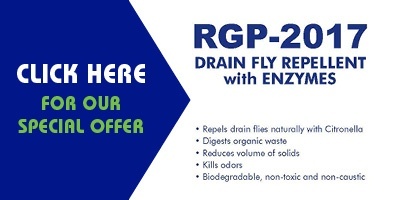Most local newspapers publish restaurant closures on a weekly basis. Health permits are suspended for major violations. Food service venues must remain closed until inspectors have determined that problems have been fixed. Most often crawling insects, including cockroaches and silverfish are the primary cause of these closures. We know that these pests often arrive to food plants and restaurants, along with regular supplies of grains, rice and other provisions. Additionally, insect eggs are often embedded in sacks and corrugated fibers, along with the deliveries. These newborn hatch within days of arrival.
Rodent infestations and sewage overflows, rank next in violations, according to health inspectors.

Along with the hitchhiking vermin, its been substantiated that the greater influence is the drain lines, in food processing areas. Municipal workers can attest that they find massive amounts of roaches and other insects when opening sewers and lift stations, for their regular inspections. As they diligently treat their sewers with insecticides and such, the roaches move to friendlier territory, near food sources and dry drain lines.
So, the floor drain becomes the logical entry for these critters. Despite the water traps that are in place, when newly installed, these "U-traps" are often dried out and do not impede these insects. Additionally, the condensate that forms on the drain lines serve as a delicious welcome to these thirsty crawlers.
Your drain lines in food prep areas collect grease, fats and other food debris that coat the drain lines and minimize the diameter of the piping. Not only does that invite drain backups but it serves as a buffet for the insects.
We wouldn't be discussing the problems you already know about, if we were not going to provide some resolution, to this disgusting and unsanitary challenge.
Successful drain line maintenance typically involves more than a one part solution. Fortunately, there's a practical and manageable resolution. We'll outline our three-step solution that we've been very successful with.
- Use the Green Drain to block the entry point for insects. This is by far the most effective and inexpensive process. The one-way valve allows water to enter the drain line but the check valve doesn't allow water to return. It also blocks insects and even sewer gasses. All that's required is to place the Green Drain into the drain. The Green Drain comes in various sizes and we have them - all sizes at $33.00 each. You can see much more info regarding Green Drain on our website:
http://www.chemexindustries.com/prevent-odors-and-insects-from-floor-drains

- A solution to your dry drains is our Eco Seal. Simply add Eco Seal to the drain every month to prevent dry drains. - It's that easy! You'll find Eco Seal technical information by following this link:
http://www.chemexindustries.com/eco-seal-drain-trap-sealer-and-deodorizer-prevents-odors-in-urinals
- The third method to ensure free flowing drain lines is the regular use of our RGP-2017. This formulation is ideal for food plants as RGP-2017 gobbles away grease accumulations, with ease. It's odor free, very safe to the user and extremely effective. You'll find technical information on RGP-2017 by following this link:
http://www.chemexindustries.com/drain-line-repellent-with-powerful-enzymes-repels-insects
We specialize with working with food plants and pharmaceutical manufacturers. If you have questions, you can call us directly. We love to answer your questions, related to maintaining your facility.




